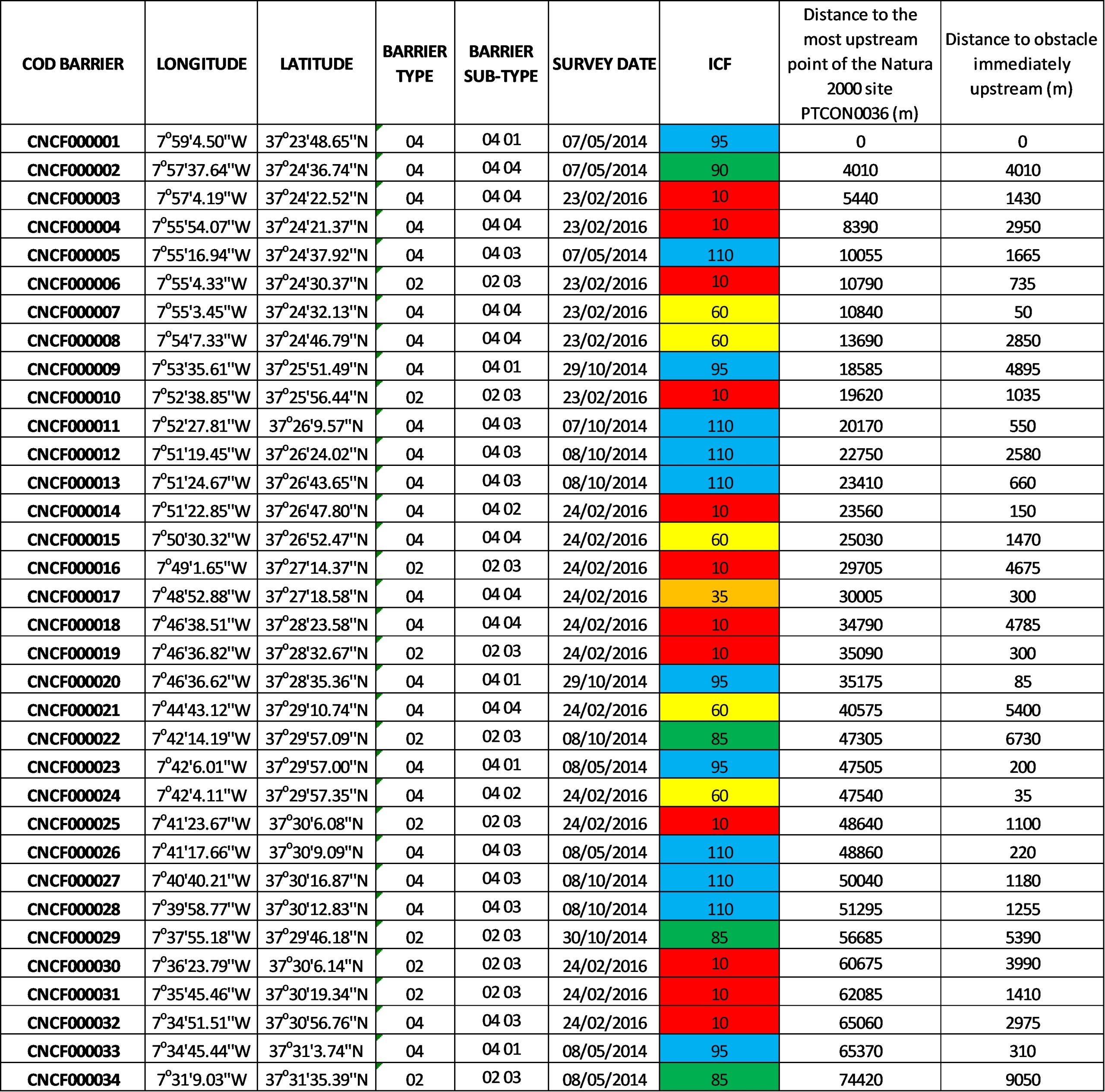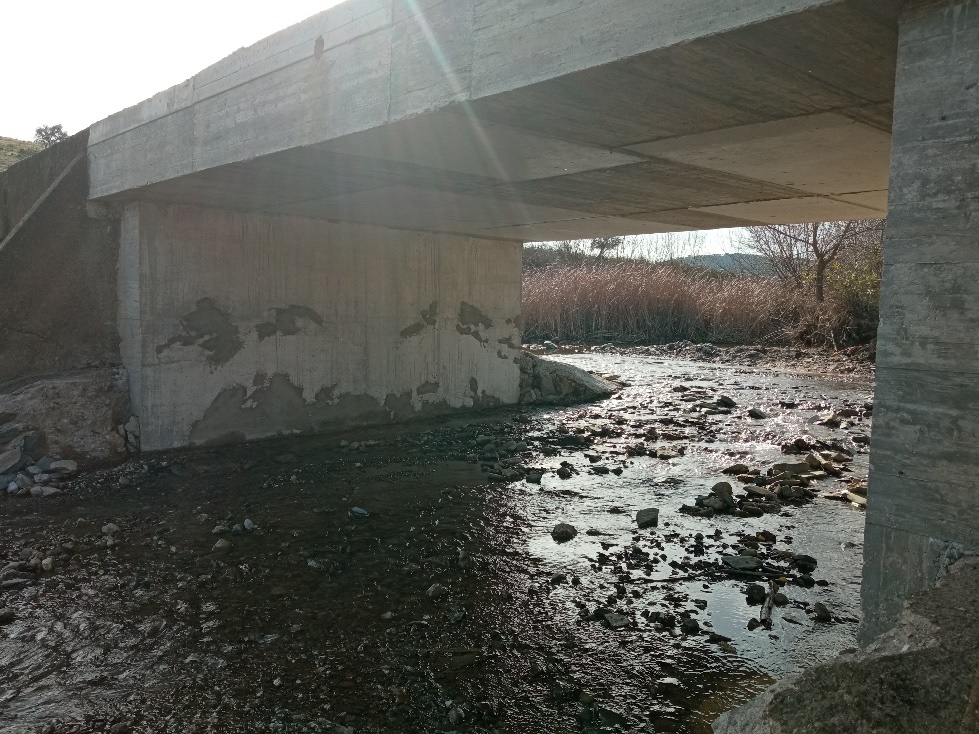Portugal has joined the movement by removing its 1st barrier
River Vascão
River Vascão is in Southeastern Portugal (37°26’47.77″N, 7°51’21.76″W) and it’s of great ecological importance; it is representative of the freshwater fish biodiversity of the Mediterranean region, especially regarding cyprinids. It inhabits 9 fish species that are endemic to the Iberian Peninsula, with one of them being endemic to the Guadiana basin. Since 1999, River Vascão is part of the Natura 2000 Network (site PTCON0036) and it is also included in the RAMSAR Convention (Convention on Wetlands; site number 2090) (Figure 1). Numerous archaeological remains from the Roman and Islamic periods are found in the area, and it is popular for outdoor activities, nature sports, and environmental education.














